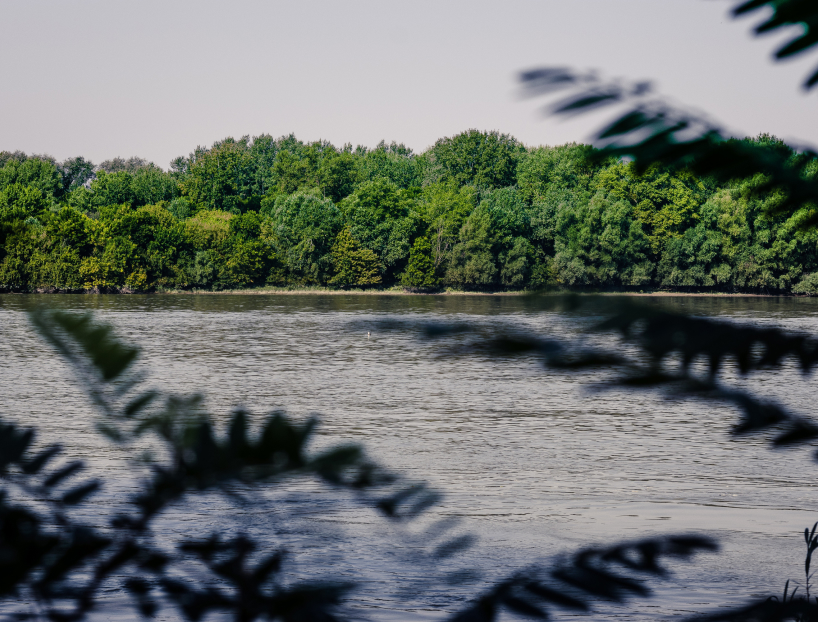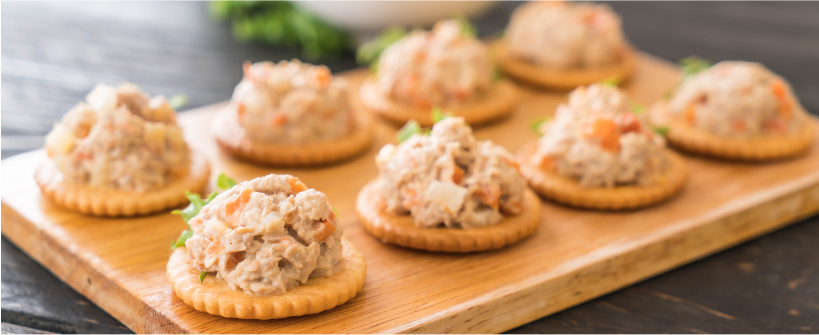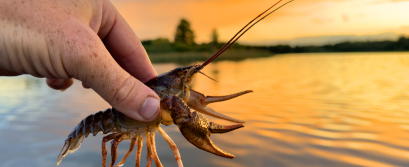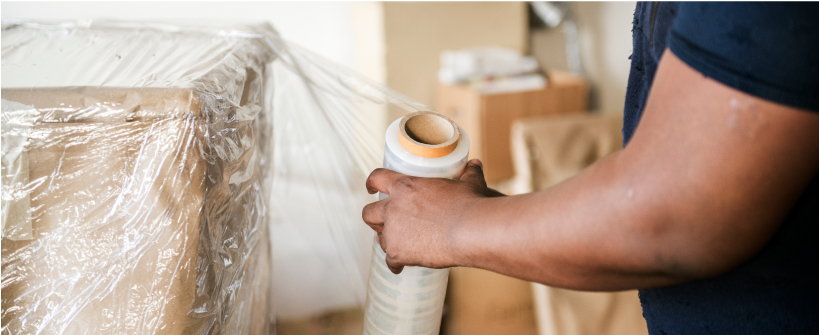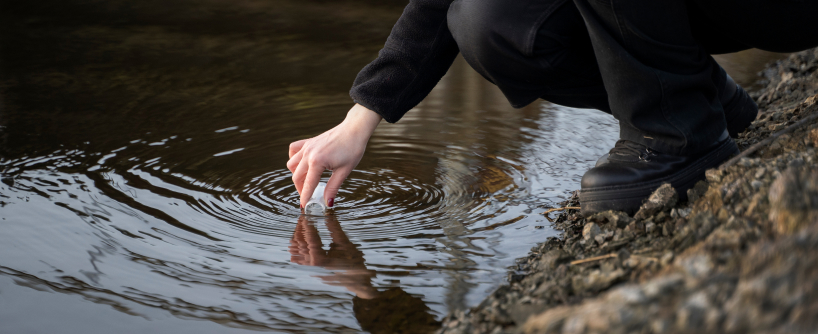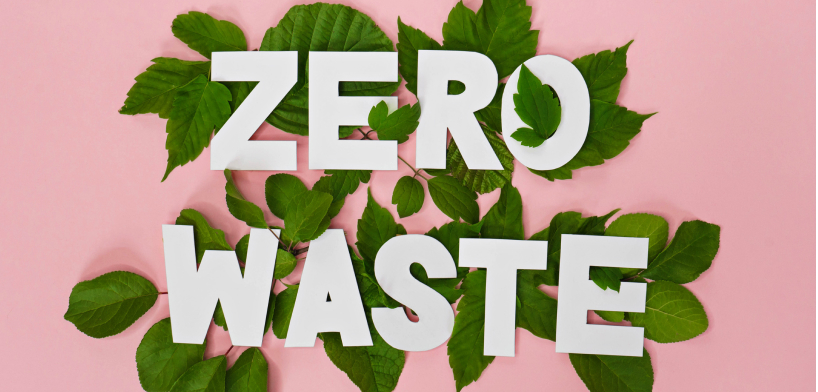Objectives
The general objective of the DANUBEcare project is addressed to the global biodiversity crisis caused by overabundance of F. limosus in the Danube River and its negative impact on biodiversity, for which there is currently no systemic solution.
Following the concept of ZERO WASTE, project DANUBEcare aims to decrease the established population of spiny cheek crayfish by turning it into a variety form of industrially relevant innovative solutions (food and feed products, biosorbents, rubber bio-filler and bio-based packaging materials).
The emphasized general objective statement will be realized through the attainment of the specific objectives of the DANUBEcare project, which are as follows:

OBJECTIVE 1
Monitoring of spiny-cheek crayfish distribution at selected sites
This objective will be realized through two-year monitoring of spiny-cheek crayfish distribution and estimation of influences of hydro-meteorological conditions and other environmental factors on the population’s abundance (WP1).
The goal of this objective is to gather new and deepening existing knowledge about the environment, distribution and abundance of F. limosus, as well as its interaction with the native crayfish fauna within the Serbian part of the Danube.
OBJECTIVE 2
Exploitation and processing of spiny-cheek crayfish into new products
This objective will be achieved through the activities in WP2,WP3 and WP4 and will encompass:
- Development of valuable food products with spiny-cheek crayfish meat intended for human/pet consumption up to Technology Readiness Level 4 (TRL4)
- Development of an experimental proof of concept about the usage of crayfish shells as an adsorbent for heavy metal ions removal from wastewater up to TRL3
- Development of rubber product filled with crayfish shell powder up to TRL5
- Development of active chitosan-based biomaterial made from shell powder up to TRL4


OBJECTIVE 3
Initiations of legal frameworks on the relevant level
This objective aims to initiate and accelerate the enactment of national regulations regarding IAS based on the model of EU regulation.
OBJECTIVE 4
Stepping up citizen science to generate valuable scientific data
Stepping up citizen science will be reached through their engagement in scientific research as: consumers in sensory evaluation of new food products (WP2) and gastronomy-day, and participants in surveys (WP5) which will have great importance for the project considering that they are the end users of innovative products. Moreover, they will be informed and educated on how to collect data about IAS by the smartphone application “Invasive Alien Species Europe” provided by European Alien Species Information Network (EASIN).

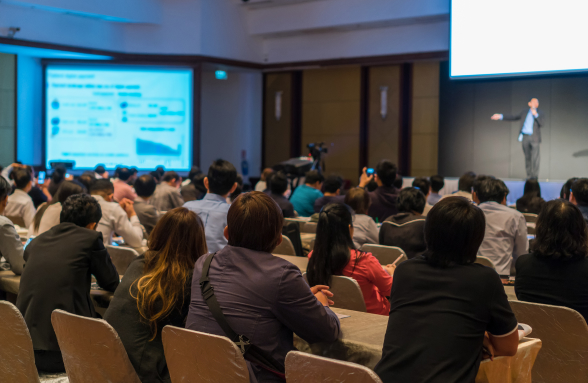
OBJECTIVE 5
Dissemination of scientific results utilizing FAIR Principles
This objective will be achieved through the promotion of the project activities, outcomes, and completed research and innovation developments, in a receptive manner easily understood by different audiences, to maximize the benefit and raise awareness of target groups: scientific community, public authorities, society, and industry representatives in line with the FAIR principles (Findable, Accessible, Interoperable and Reusable). In addition, during and after the project life cycle, scientific results will be presented at scientific conferences and published in high-ranked scientific papers.
OBJECTIVE 6
Raise the research profile
This objective will be achieved through the multidisciplinary and collaborative work strategy proposed within this project. This strategy brings together the research potential of the project team members to the highest professional level and will be reflected through more intensive high-quality scientific peer-review publishing.






